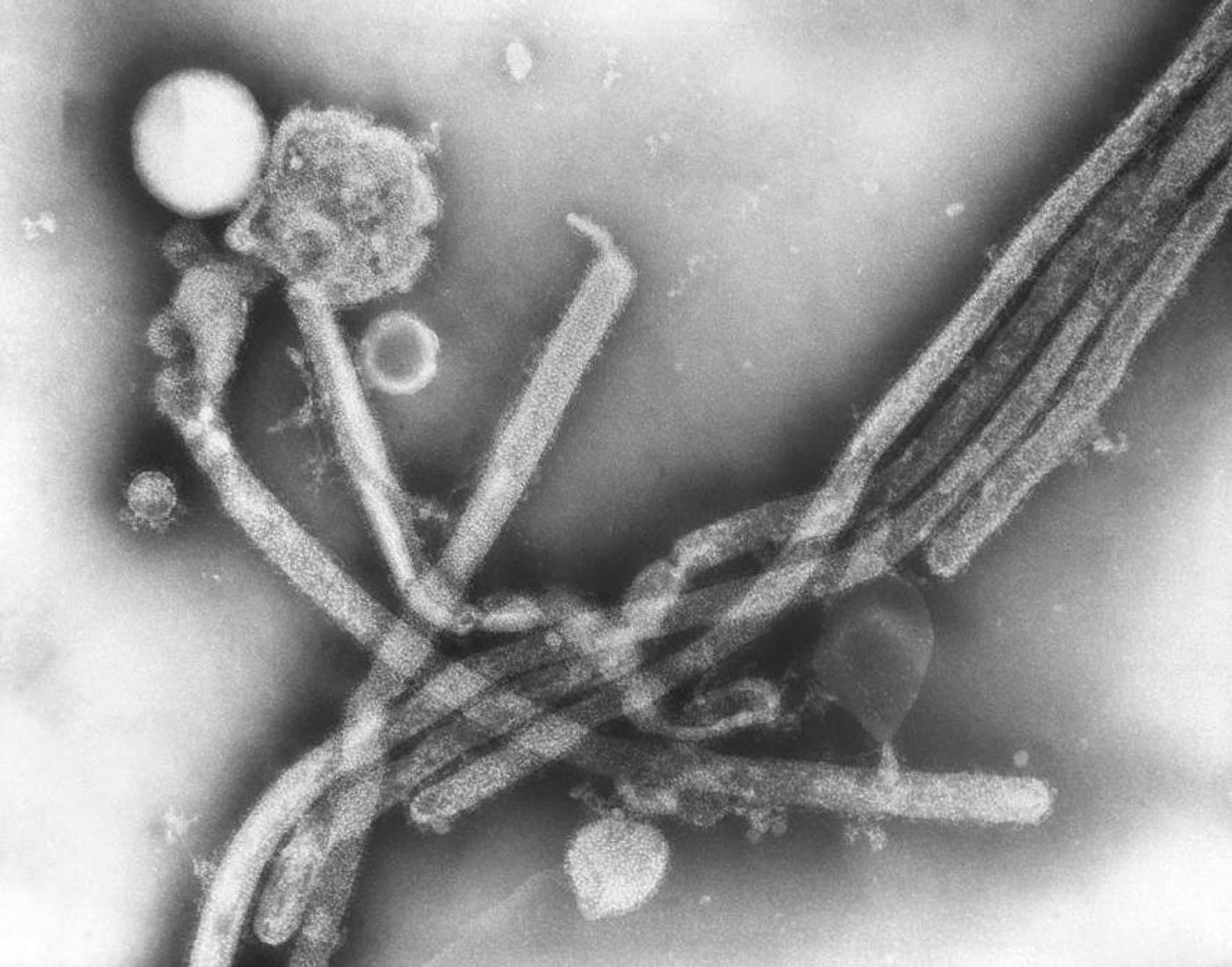Middle-Aged Adults Might Always be Susceptible to H3N2 Flu
People born in the late 1960s or 1970s might be perpetually susceptible to the H3N2 influenza virus, according to research reported in Nature Communications. The findings suggest that the antibodies in these middle-aged individuals can attach to the H3N2 virus, but they do not stop it from causing an infection; not all antibodies are 'neutralizing.'
"We found that different aged individuals have different H3N2 flu virus antibody specificities," said study leader by Scott Hensley, Ph.D., an Associate Professor of Microbiology at the Perelman School of Medicine at the University of Pennsylvania. "Our studies show that early childhood infections can leave lifelong immunological imprints that affect how individuals respond to antigenically distinct viral strains later in life."
Most people get the flu by the time they are three or four years old, and childhood infections can trigger powerful immune responses that can last a long time. In 1968, the H3N2 strain of the flu started to circulate among people, and it has been evolving ever since. The year a person was born therefore tends to predict which strain of the H3N2 virus they were probably infected with.
In this study, during the summer of 2017, the researchers measured the levels of antibodies in blood that was collected from volunteers: 140 adolescents and children ages one to seventeen, and 212 adults ages eighteen to ninety.
They investigators assessed how antibodiesin the blood samples reacted to various H3N2 strains, analyzing neutralizing and non-neutralizing antibodies. The highest levels of neutralizing antibodies against current H3N2 strains were in children aged three to ten years. Most samples from middle-aged people contained antibodies that can attach to these viruses, but they don't prevent infections.
"Most individuals born in the late 1960s and 1970s were immunologically imprinted with H3N2 viruses that are very different compared to contemporary H3N2 viruses. Upon infection with recent H3N2 viruses, these individuals tend to produce antibodies against regions that are conserved with older H3N2 strains and these types of antibodies typically do not prevent viral infections," said Hensley.
The video above, from 2012, discusses an H3N2 strain that was circulating at the time.
The researchers suggested that H3N2 may be persisting in the population because middle-aged adults have high non-neutralizing antibody levels. During the 2017-2018 flu season, middle-aged and older adults also had earlier infection peaks compared to younger people.
"Large serological studies can shed light on why the effectiveness of flu vaccines varies in individuals with different immune histories, while also identifying barriers that need to be overcome in order to design better vaccines that are able to elicit protective responses in all age groups," said the first study author Sigrid Gouma, Ph.D., a postdoctoral researcher.
Sources: AAAS/Eurekalert! via University of Pennsylvania School of Medicine, Nature Communications


![[Guide] 7 Strategies to Boost Laboratory Collaboration](https://d3bkbkx82g74b8.cloudfront.net/eyJidWNrZXQiOiJsYWJyb290cy1pbWFnZXMiLCJrZXkiOiJjb250ZW50X2FydGljbGVfcHJvZmlsZV9pbWFnZV83YzBjZWIwM2Y5YzI4MmFlYzBhZDZhMTcyNTQ1ZGU3YmE4Y2MzMDYyXzUxNDkuanBnIiwiZWRpdHMiOnsidG9Gb3JtYXQiOiJqcGciLCJyZXNpemUiOnsid2lkdGgiOjcwMCwiaGVpZ2h0IjozNTAsImZpdCI6ImNvdmVyIiwicG9zaXRpb24iOiJjZW50ZXIiLCJiYWNrZ3JvdW5kIjoiI2ZmZiJ9LCJmbGF0dGVuIjp7ImJhY2tncm91bmQiOiIjZmZmIn19fQ==)






